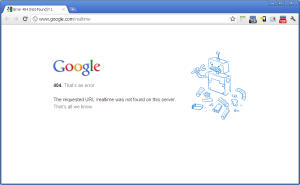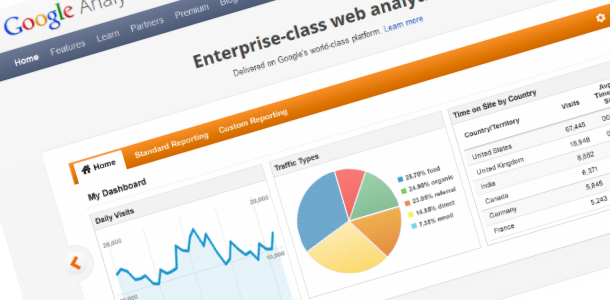There’s a lot of misinformation out there when it comes to effectively boosting search engine optimization on websites, and that’s understandable. It’s a complicated system, and one that is always changing as trends evolve and engines tweak their algorithms.
Unfortunately, quite often, techniques that are misguidedly employed to increase search engine visibility can sometimes have the exact opposite effect.
Today, we’ll try to help you avoid such an outcome by listing five of the most prominent SEO mistakes that we see.
1. Too Many or Too Few Keywords
When creating content for a site or web page, we all know it’s important to focus on targeted keywords and phrases that users might enter into a search. This is one of the core fundamentals of stategic SEO. In order to rank, you’ll need your keyword(s) to appear early and often — just not TOO often. Overloading these terms (aka “keyword stuffing”) can not only ding your search scores, but can also make your site an absolute pain to read. Redundancy stinks. I mean, redundancy really stinks. Did I mention that redundancy stinks?
There is no universal recommendation for keyword density — it’s always contextual — but you’ll usually want be somewhere around 1-3 percent.
 2. Broken Links and 404 Pages
2. Broken Links and 404 Pages
Links on your site that lead to a “404 Not Found” error page are killers in terms of both usability and technical SEO. It’s frustrating for anyone browsing your site to click on a link and be taken nowhere, and web crawlers from search engines will heavily penalize your site for such instances. The potential causes for broken links are many; perhaps the link was entered incorrectly, or pages have been moved around on the site, or at some point you reconfigured your URL structure. Either way, it is crucial to identify and fix them as quickly as possible. There are many tools available online to help you track broken links on your website.
3. Focusing on the Back End Before the Front End
It is certainly wise to pay attention to back-end ranking factors such as meta tags and alt text, but there are signs that these elements are becoming less significant as engines begin to prioritize the user experience more and more. Your primary consideration should be optimizing the on-page content, ensuring that visitors to your site can find what they’re looking for and navigate easily. You should always approach your website from the viewpoint of a user, asking yourself, “How can I make these pages more engaging/informative/useful?”
4. Use of Black-Hat Techniques
We’ve written here before about black-hat techniques, which are essentially shortcuts designed to “trick” search engines into ranking your pages higher. Once upon a time, these kinds of tactics were effective, but as web crawlers and bots grow increasingly advanced, any potential for positive impact is waning. The negative repercussions, which can range from poor user engagement to lower rankings to flat-out banishment from search engines, are damaging.
5. Not Relying on Data and Analytics
It is blatantly illogical to set up an SEO campaign, then fly blind and hope for the best. Optimization doesn’t happen overnight; one of the biggest keys to success in this arena is being adaptive, monitoring information and making changes on the basis of your findings. There are countless tools out there to track every aspect of your site’s traffic and search acquisition performance, with Google Analytics standing out as the most popular. Reading the data and making the proper adjustments isn’t always easy, but with the right guidance, you can make constant improvements.
Where is your SEO strategy going wrong? Contact us, we’ll be happy to have our experts review your website and provide a free report.

